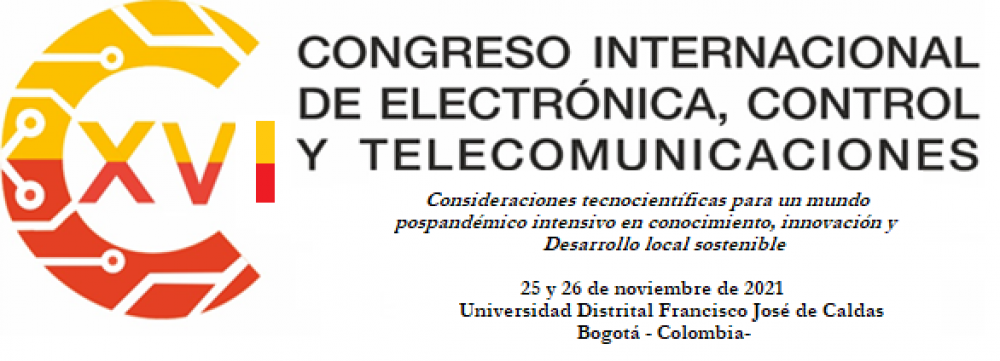Planning of a Quadcopter flight Using a Digital Twin
MARIA ELENA GAVILÁN

She holds a MSc in Aerospace Engineering from Purdue University and a BSc in Physics from Universidad Nacional de Colombia. She is a candidate for an MBA from the University of Illinois, USA.
She is currently the Marketing Manager for Education and Research at MathWorks. She supports projects to increase the use and adoption of MATLAB and Simulink in academic and research institutions worldwide.
She has extensive experience in numerical simulation projects in the automotive and aerospace industries, particularly in aerodynamics, aeroacoustics, and control systems.
She has industrial experience in artificial vision for license plate recognition. Her areas of interest focus on autonomous vehicles, as well as flight dynamics and control.
Abstract: Simulation is increasingly important in today’s world. With machine and system models, you can run simulations before the actual devices are created and deployed. The digital representations used to simulate physical systems are known as digital twins and each physical part has its own digital representation. The digital twin has become one of the most promising emerging technologies.
In this workshop,using MathWorks cloud tools, a digital twin of a quadcopter will be used to collect simulation data, analyze collision avoidance controls, and test scenarios to ensure the drone can accomplish its critical mission.
The digital twin uses a physical modeling approach using Simscape. You will learn about autonomous navigation with route planning algorithms using the Navigation Toolbox and you will also see how to forecast component failures using the Predictive Maintenance Toolbox to re-plan the mission successfully.
